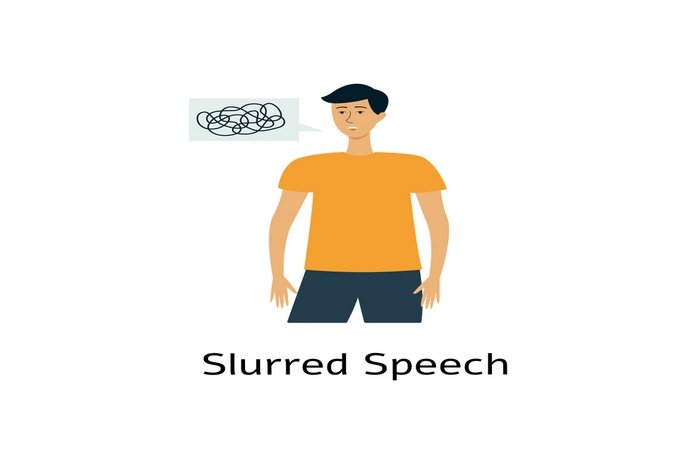Narcolepsy types

Narcolepsy affects the nervous system and interferes greatly with the sleep-wake cycle which is usually in control by the brain. In the case of a healthy human, the brain stem which is structure present in the brain transmit signals for the performance of a number of basic body functions. After coming from the brain stem, several nerve impulses transmit the nerve signals and starts awakening the other parts of the brain. In the meantime, the cluster of cells in the hypothalamus starts producing a chemical known as hypocretin. The chemical i.e., hypocretin maintains and activates the actions of the alerting signals emerging from the brain stem.
However, in the case of a narcolepsy patient, the cells in the hypothalamus of the brain are dying and most of them are eventually dead by the time of adulthood. As hypothalamus is the center of sleep and wake cycles of the brain, the impact of the cluster of cells present in hypothalamus is huge. The death of the specialized cells in the hypothalamus affects the waking and sleep in a dramatic way. The production of hypocretin is also not possible without the cells in the hypothalamus which makes it very difficult for a person to stay awake for longer time and they start experiencing overlaps between sleeping and waking. The overlapping between waking and sleeping also causes experience of paralysis and vivid hallucinations when the person is waking up or trying to fall asleep.
The lack of hypocretin production by the hypothalamus also impacts the action of other important chemicals in the brain such as serotonin, norepinephrine and serotonin. The loss of important hormones in the body in the case of narcolepsy patients leads to the prescription of antidepressants. The antidepressants start acting on the neurotransmitters to enhance the production of these key chemicals in the brain. The researchers are working on the ideas to target and stimulate the receptors for hypocretin production in the hypothalamus just to act as a way to mimic the existence of the chemical.
The studies are in progress to fully understand the mechanism of how the hypocretin chemical producing cells becomes less and then completely lost. By studying the autoimmune response through which there is lesser production of hypocretin chemical, it is possible to target the initial stages of the process and then slower down the development of narcolepsy symptoms. The symptoms of narcolepsy are different from person to person as some cases might be severe from the others. Following are the two main types of narcolepsy:
Narcolepsy with cataplexy
People having the disorder of narcolepsy with cataplexy suffer from sudden muscle weakness and there is loss of control of the muscles in the arms, face, legs and torso. In addition to the remaining symptoms of narcolepsy such as problem in staying awake there is lesser muscle control and the muscles feel weaker. People having cataplexy might experience collapse, slurred speech, inability to move and slumping over or sagging of jaw and cheekbones. Due to cataplexy or muscular paralysis in the patients of narcolepsy makes the person to stay awake and the sleep is not easy to come to the narcolepsy patients. An episode of cataplexy might last for up to few seconds or minutes and can often initiate by a strong emotion such as laughter or excitement.

